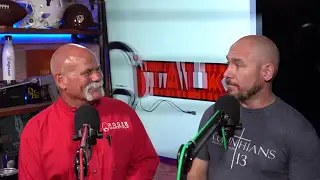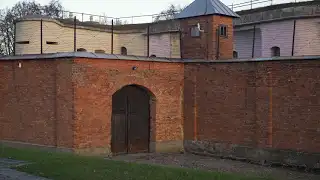Today we’re diving into something every homeowner should know—how to test your shower pan for leaks. If you’ve noticed water pooling outside your shower, or you just want to make sure your shower pan isn’t silently causing damage, this is for you.
A leaky shower pan can lead to major damage—water seeping into your walls, floor, or even your foundation. So this isn’t just about keeping your bathroom dry; it’s about avoiding big repair bills down the line.
There are a few pieces of equipment you’re going to need.
-
Test balls and hoses (variety of sizes)
-
Air pump (or a bicycle pump if you’re up for a workout)
-
Teflon tape
-
A good eye for detail
Now you’re going to start by popping off the hair screen and the drain cover. If you see silicone in the drain, that’s a bit of a red flag, but don’t worry too much. We’re here to test, not to judge—yet.
Depending on your setup, you’ll want to choose the right size test ball. For the job I just did, I went with an inch-and-a-quarter by inch-and-a-half ball. You’re going to attach the hose, making sure it’s snug with some good Teflon tape, and drop that test ball down into the drain, below the silicone.
Here’s where you’ve got options—if you have an air pump, go ahead and grab that. You can just press a button, and boom, you’re at 30 psi. If you’re old-school, or you don’t have an air pump, you can use a bicycle pump. But let’s be honest, why sweat it when you don’t have to?
Now you want to pour water into the pan until it’s just below the top of the threshold. You don’t need to fill it to the brim; just enough to cover the test ball completely. Now look for bubbles—no bubbles, no leaks.
But you want to let it sit for about 15 minutes. Give it time for the water to seep through any leaks. After 15 minutes, check for water where it shouldn’t be. If you don’t see any water seeping out, congratulations, your shower pan is solid! But don’t forget to check the outside of your house too, because leaks can be sneaky.
In our test we actually dyed the water red so it would be easier to see. Doing little things like that can be really good when you’re looking for leaks.
Now that you’ve determined whether or not there is a leak, you can carefully release the pressure in the test ball and let the water drain out. Just remember, if you do find a leak, it’s probably time to call in a pro.
This is a simple test that any homeowner can do, and it’s worth the peace of mind. Knowing that your shower pan is leak-free can save you a ton of headaches and costly repairs later on. So next time you notice something ain’t right after your shower, you’ll know exactly what to do.




